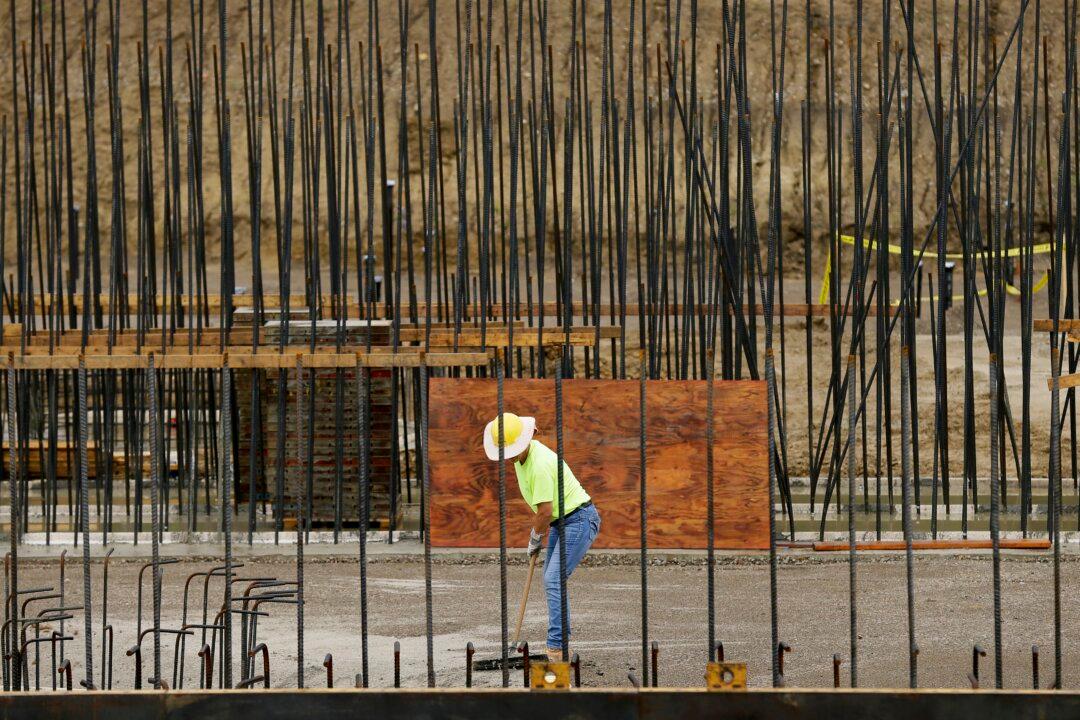President Joe Biden is set to sign an executive order on Friday aimed at bolstering project labor agreements (PLAs) used for federal construction projects costing more than $35 million.
Biden will travel to a local ironworkers union in Maryland to sign the order which the White House says will “improve timeliness, lower costs and increase quality in federal construction projects.”




